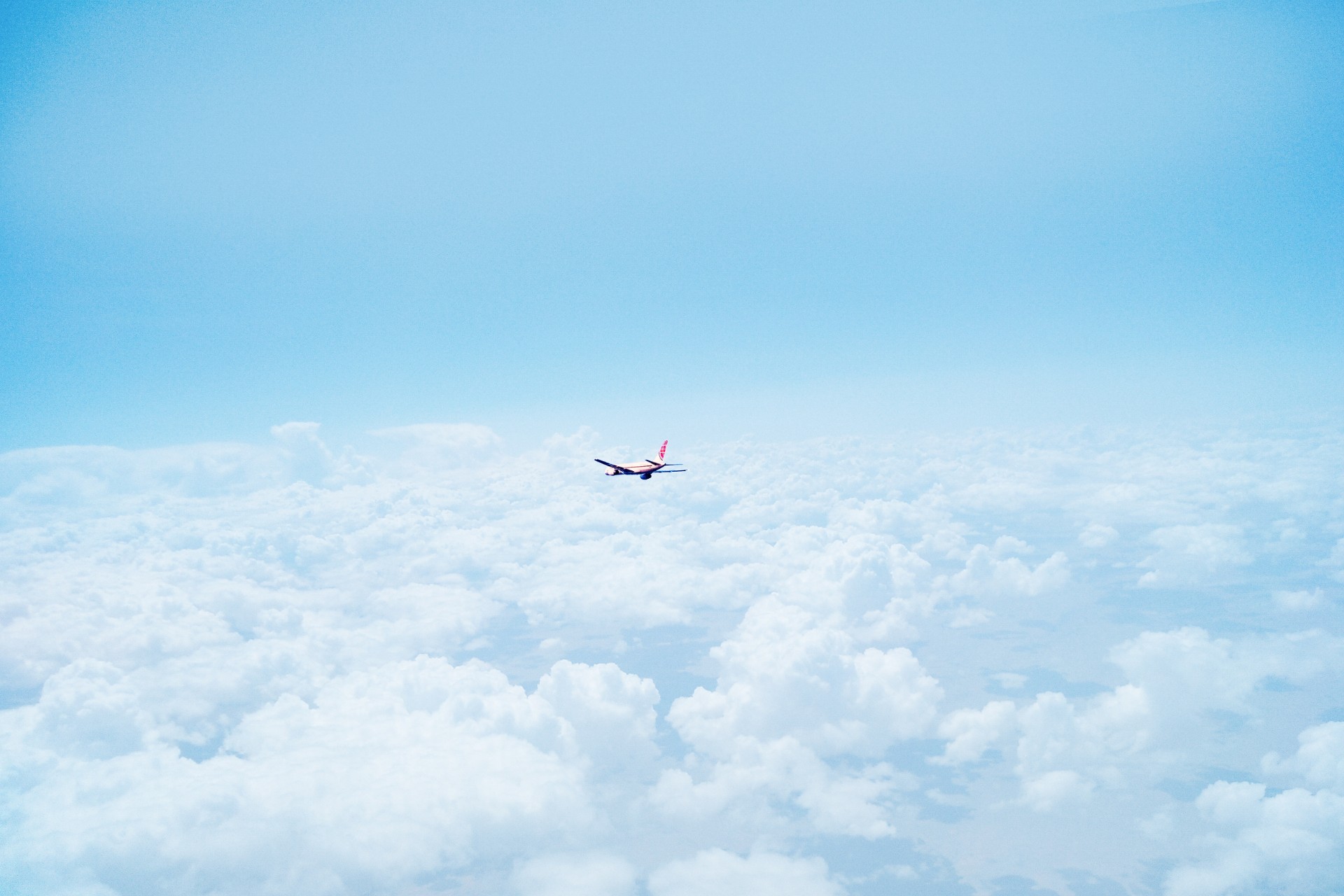I don’t know if I can take anyone who says airplane food is good or decent seriously.
For one, it isn’t exactly the freshest (more on that later), and the taste is certainly nothing to write home about. Of course, I haven’t had the luxury of trying First-class nosh, so my experiences have all been contained within the cramped world of Economy.
Seriously have you ever had airplane food that looked this good? Nope, me neither.
Well, whether you’re a foodie of the air or see it more as a way of filling the tummy, here are things we bet you never knew about airplane food.
1. All Airplane Food is Made on the Ground
Now, this can’t really be a shocker can it?
While there are convection and steam ovens to warm and heat your food on board, the actual cooking has to be done on the ground before the flight. For the simple reason of safety, and nothing more.
As a plane doesn’t have proper kitchen equipment and appliances, plus open flames are one of those things that don’t belong on a plane, food is cooked hours beforehand and then reheated before serving.
I guess if you look at your ‘chicken or fish?’ tray as reheated or instant food, then it’s not too bad?
2. Surprise, It Isn’t Fresh
This is probably not something new as well, as hardly any of us will believe that airplane food is fresh. As mentioned previously, airplane food is prepared a couple of hours before the flight.
And well, talking about hours, the duration the food is prepared before a flight is about 8-10 hours. What’s even more shocking is that the food can be kept (frozen, of course) up till 72 hours. It’s even said that some airplane food can be frozen up to five days before consumption.
If you’re worried about food safety, there’s no need to fret as there won’t be any harmful effects to your body. Your taste buds may be offended, but your body will be fine.
3. Altitude Affects Taste

This one’s an interesting one. Research has shown that being up 30,000 feet in the sky affects our ability to taste certain flavours.
In such high altitudes, are bodies’ ability to taste sweet flavours drops by about 15-20% and about 20-30% for saltiness. Food that would have otherwise tasted fantastic on the ground would somehow feel lacklustre when it comes served 30,000 feet in the sky.
Hmm, that’s funny, it’s as if your body is biologically wired to dislike airplane food.
4. Introducing the Airplane Food Critic
Well, I for one haven’t seen such fanciful food on planes before.
That can’t be said for renowned airplane food critic Nik Loukas, who has been documenting his love of and experience with airplane food since 2012. Since then, he has collaborated with some big names in the travel industry from airlines to tourism boards to create content revolving around airplane food.
Imagine, taste-testing some of the best (and worst) food any and every airline is doling out 30,000 feet in the sky. For all you know, the next meal you have in the air has been screened by Mr. Loukas himself, if that means anything to you.
On a side note, the way they are giving out Michelin Bib Gourmands, I wouldn’t be surprised to hear in a few years of the first Michelin Bib Gourmand airplane meal.
5. Flight Delays Can Result in Massive Food Wastes
This one was a little bit of a shocker when I first heard about it.
Even without flight delays, all uneaten and unfinished food gets thrown away after every flight, which is quite unfortunate considering the amount of food that gets dumped away.
Now, if a flight is delayed for more than 6-8 hours, the catered food for that flight gets thrown away as well. For the amount of preparation that goes into airplane food, it quite honestly seems a waste to throw it all away, but perhaps safety standards have to be met.
Of course, a new batch of food will be ready for when the plane is ready fly, which if you think about it, means more food inevitably going to waste.
So I guess the moral of the story is… even if it’s not the most tasty, finish your airplane meal anyway?




